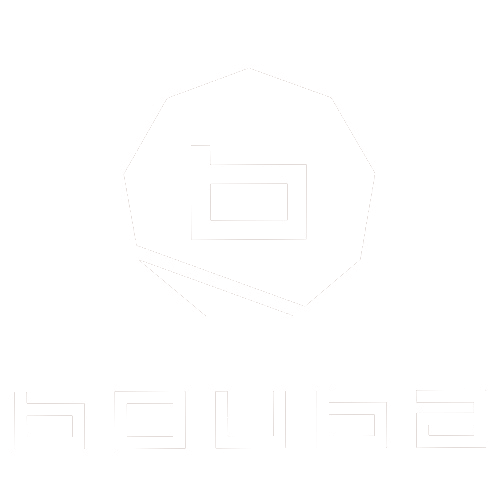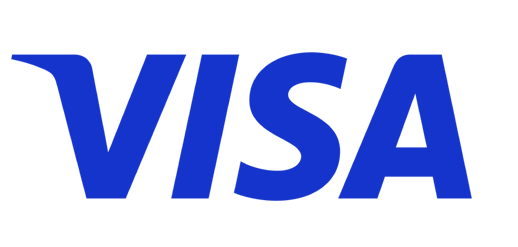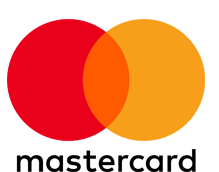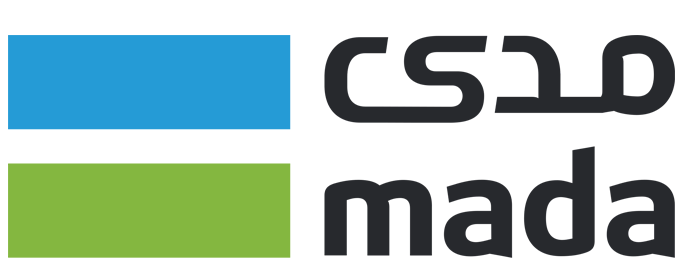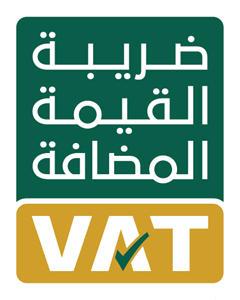Brows may be shaped with strokes, filled with powder, or carved with concealer—but the tool in hand determines the control, outcome, and finish.
In the professional world of brow architecture, we often lean on traditional staples like the spoolie or angled brush. Yet, truly exceptional results sometimes require tools that step outside the expected.
Bouba World Philosophy:
“Your hands are your first tool—but your best results come from knowing every option available.”
In this blog, we explore alternative tools for brow mapping, application, blending, and finishing—and how they impact artistry and efficiency.
